The Watendlath and Dock Tarn Walk is a moderate-difficult walk to two beautiful lakes in Borrowdale, Lake District. And the best thing is you don’t need a car to get to the starting point.
Watendlath & Dock Tarn Walk | England
When we left the YHA, the plan was to walk to Watendlath and back because the complete Watendlath and Dock Tarn Walk was a grade-A walk in my book but impulsively, we decided to continue onward to Dock Tarn and I am mighty glad we did for it was a gorgeous hike!
WATENDLATH ETYMOLOGY: According to the Survey of English Place-Names, “the first part of this name may well be a compound of ON vatn and endi, with the meaning ‘end of the lake.’ The vatn in question is presumably Watendlath Tarn. Ekwall (DEPN) compares Vassenden, from ON vatns endi , a common place-name in Norway. The forms of the final element vary too widely for any interpretation to be suggested.”



After a filling breakfast at the YHA, we set out toward Rosthwaite. Past the gates of Hazel Bank Country House and a flock of sheep and soon we were ascending the slopes. Below us, whitewashed farmhouses stood lonely in wintry fields. The B5289 snaked through the valley. We huffed and puffed uphill– this was appearing to be more difficult than I had anticipated– , a short scramble up some jagged rocks, along a stream slicing through the hillside, past a gigantic mushroom growing with abandon at the base of a tree, past more sheep, and soon we had reached the top. Around us, the slopes were brown and yellow. Clouds were parting to let in the day and soon mellow winter sunshine was painting the landscape with pillowy light.
There wasn’t a single soul on the way. Just sheep staring at us as we walked past. And suddenly Aninda says, “Maybe they were walkers once. Went the same way toward Watendlath and were mysteriously turned into sheep. Maybe they are trying to warn us, to stop us from meeting the same fate.” Creepy and therefore a great bothy tale! We continued to walk, the sheep continued to stare.
Also read: Check out our fabulous guide to Borrowdale. Handcrafted for those without a car!




The descent to Watendlath is not the kindest on the knees– so bring your hiking poles– but the lake creeps up on you. Suddenly, you can see this flan of water, of light, of the sky reflected in the stillness. We walk to the lakeside, cross the ancient bridge that arches at one end of it, then sit on a bench to catch our breath. There’s a bothy here (locked) and a slim road that serves the few farmhouses on the lakeside. It is here that we decide to press on towards Dock Tarn, courtesy of the sunshine and the wave of confidence ushered by it.
The trail to Dock Tarn is partly well-marked. There’s sort of a meadow halfway on the Watendlath Tarn and Dock Tarn walk where there is no trail at all and it is easy to lose your bearings, particularly if the weather is bad and this is one of the reasons why it is a grade-A walk. We used the All Trails navigation map and trundled over tufts of grass and blackened heather, side-stepping boggy patches. It seemed like a long, long walk– craggy and jagged underfoot. Instead of relishing the scenery, we had to focus hard on the map, on the ground underfoot.
Also read: Explore the picturesque Central Lakes with us. Visit Windermere, Ambleside, Grasmere, and Hawkshead with our Lake District travel guide. Cars are optional!



Dock Tarn is so remote that you don’t really see the tarn until you are almost on its bank. Clumps of dried heather crowd the bank; we wish we had come in the summer when the heather is in bloom. What a sight it would make! Purplish blossoms against the still dark blue of the tarn. It is beautiful in the winter too, an austere beauty. Towering fells surround us and in their heart, this secret little droplet of water that fills with water lilies. We find a boulder on the bank of the tarn to rest. The sky is overcast, the mountains are brown and green, the breeze ruffles the steel-blue surface of the water, and there’s absolute quiet. It is beautiful.
DOCK TARN ETYMOLOGY: According to Outdoor Active, Dock Tarn gets its name from the Old English docce for water lily and Old Norse tjorn for tarn, so means “the tarn of the water lilies”.”





But this calmness that has filled our hearts is short-lived because soon after we begin our walk back, we realize the other reason why it is a grade-A walk. It starts fine, with gorgeous views of a waterfall. We can see far into the valley, the river as it twists and turns and the views are simply magnificent. We encounter two walkers coming from the other direction and then we encounter a perilous staircase that disappears in the woods below. The steps are cut into the hillside. They are irregular and narrow and steep and endless. It is almost a near-vertical drop into a jungle on one side. I shove the camera into the backpack, realize that with no hiking poles, we are ill-prepared for this, and start descending gingerly. In some places, I can walk down the steps; in others, I am like a toddler sitting on a step trying my best to navigate to the bottom one. Sometimes Aninda gives me a hand, sometimes he is trying his best to find a firm footing. This goes on for what feels like hours though it cannot be more than 30 min.
When we reach the bottom, our legs are trembling. We have completed the Watendlath and Dock Tarn walk. We sit on a rock to catch our breaths, then cross a stile, drag our aching selves over a bridge and through the charming village of Stonethwaite, towards the warm fireplace and some tea at the YHA. Later, we realize Aninda has injured a ligament. The pain in his knee takes over a month to heal, partly because we are impatient and end up doing the Lost Valley Walk in Glen Coe a fortnight or so later.




Watendlath and Dock Tarn WAlk Route & Elevation
Have you done the Watendlath and Dock Tarn Walk?


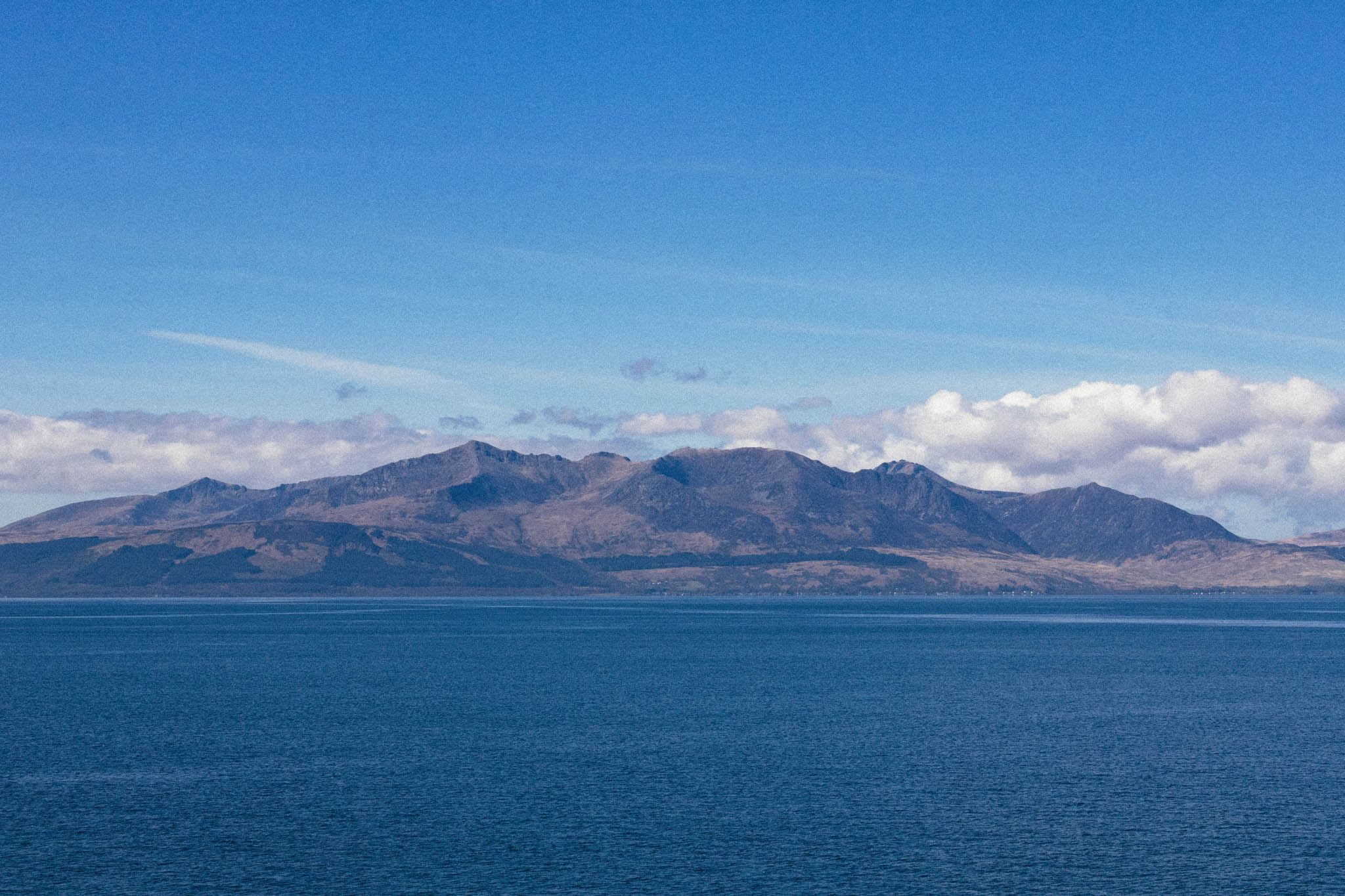
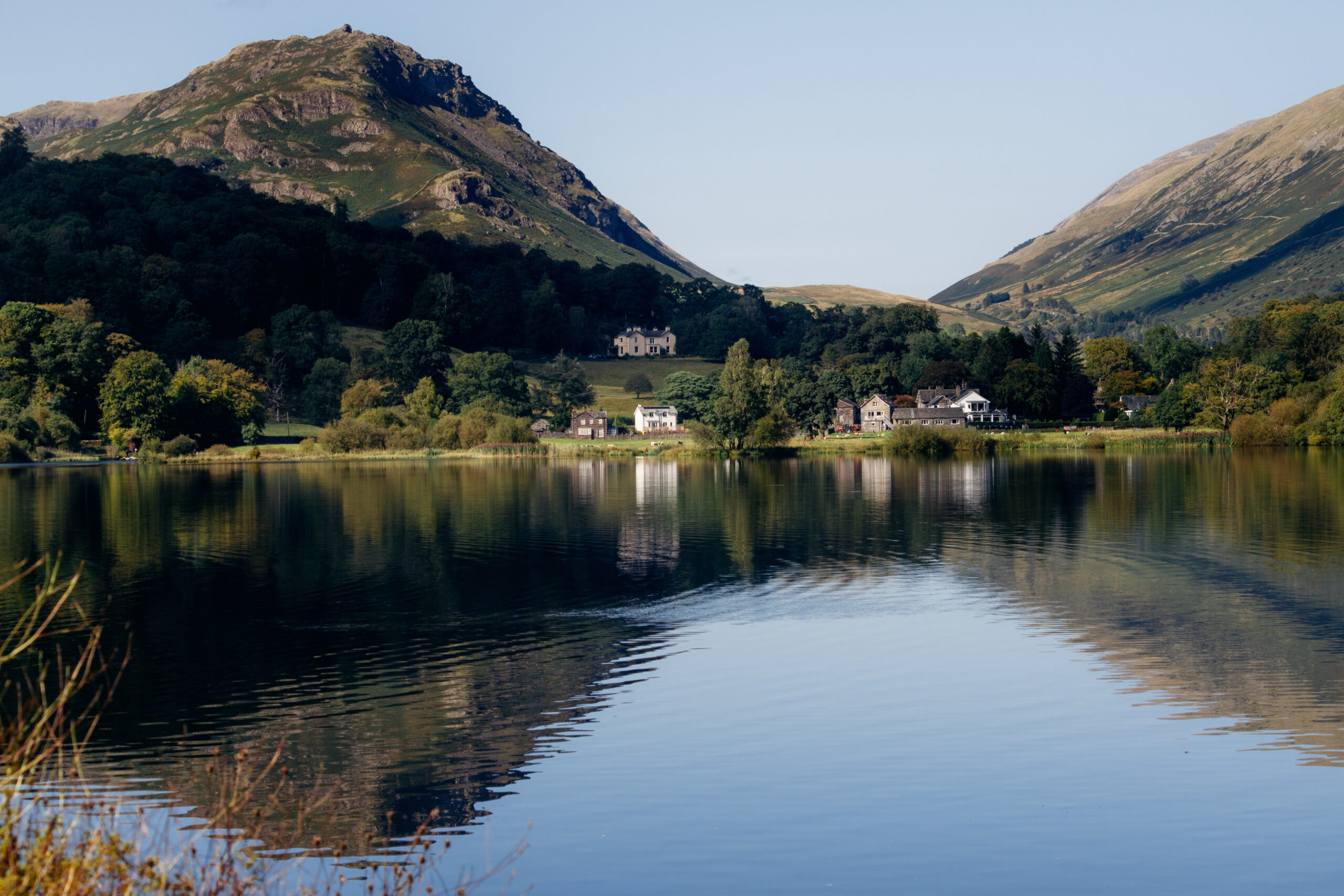

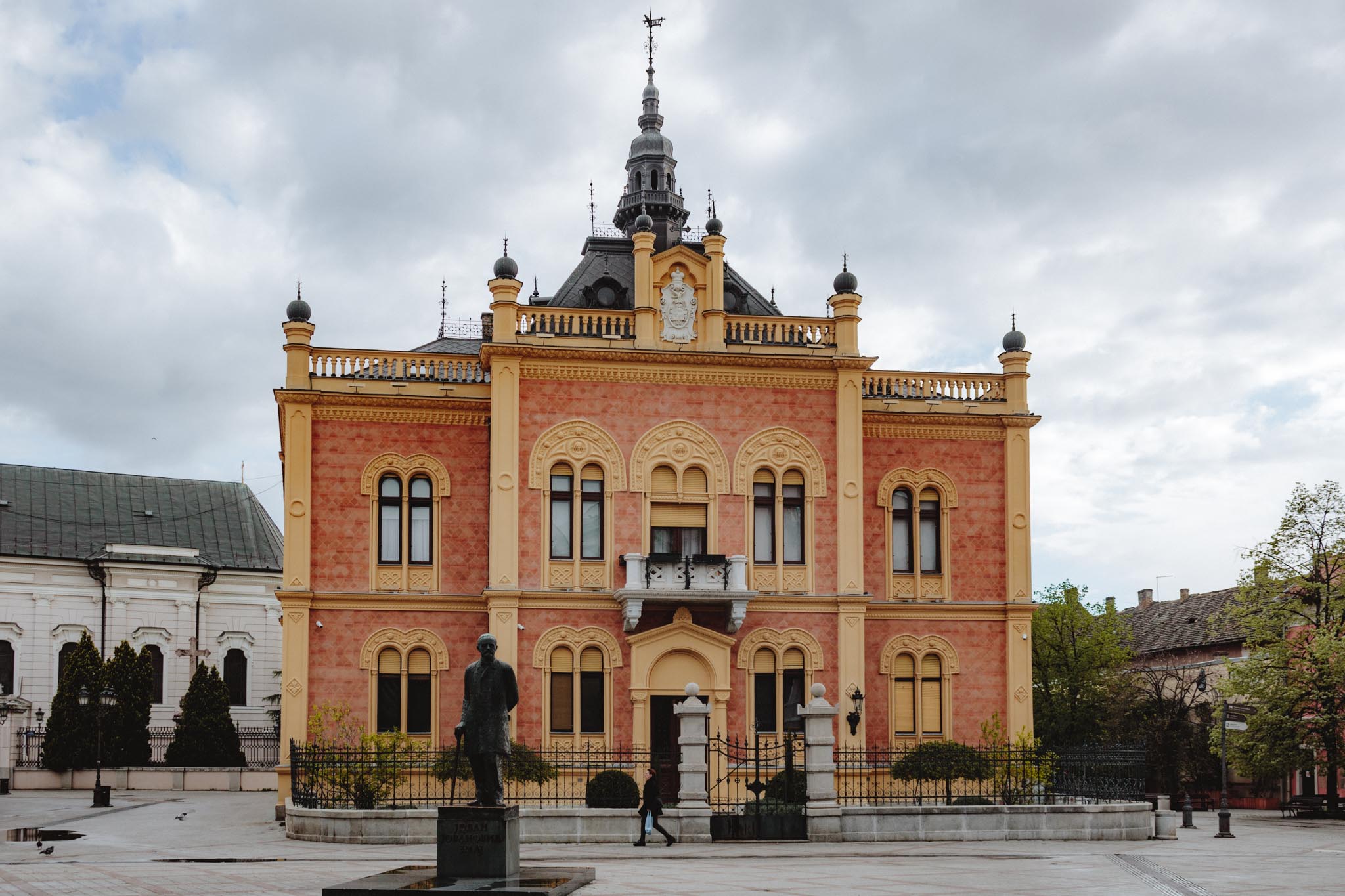
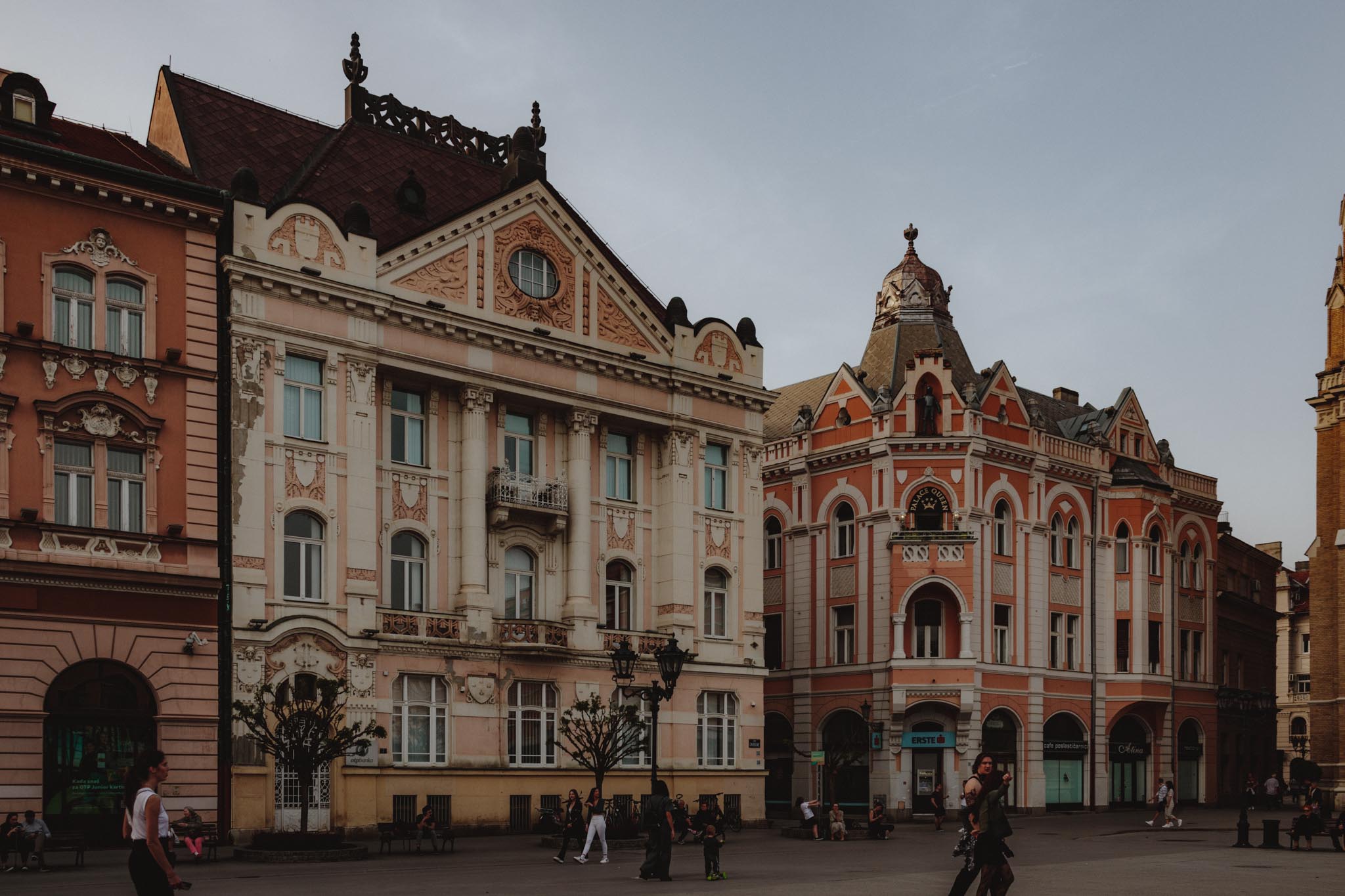

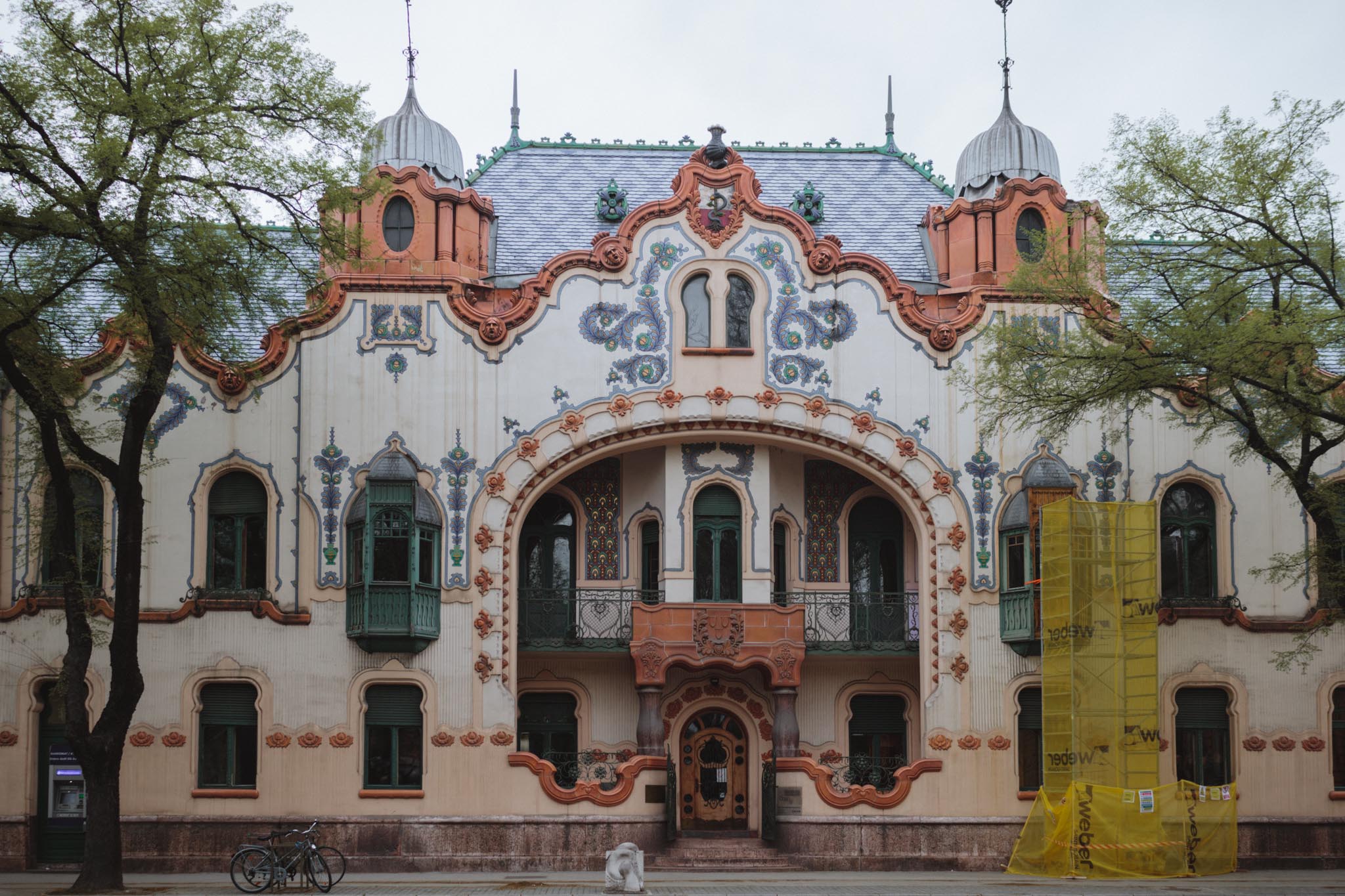

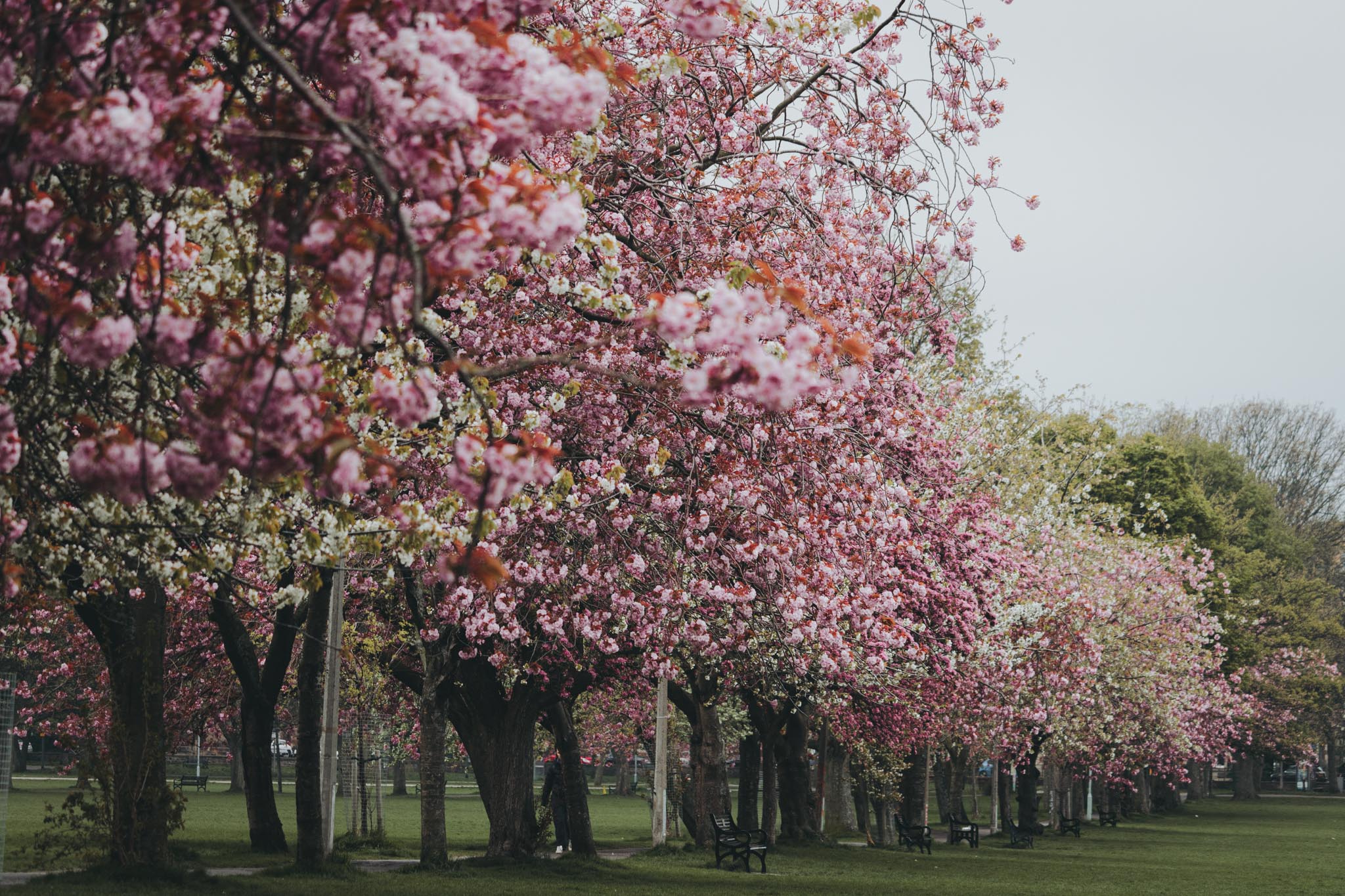
Leave a Reply